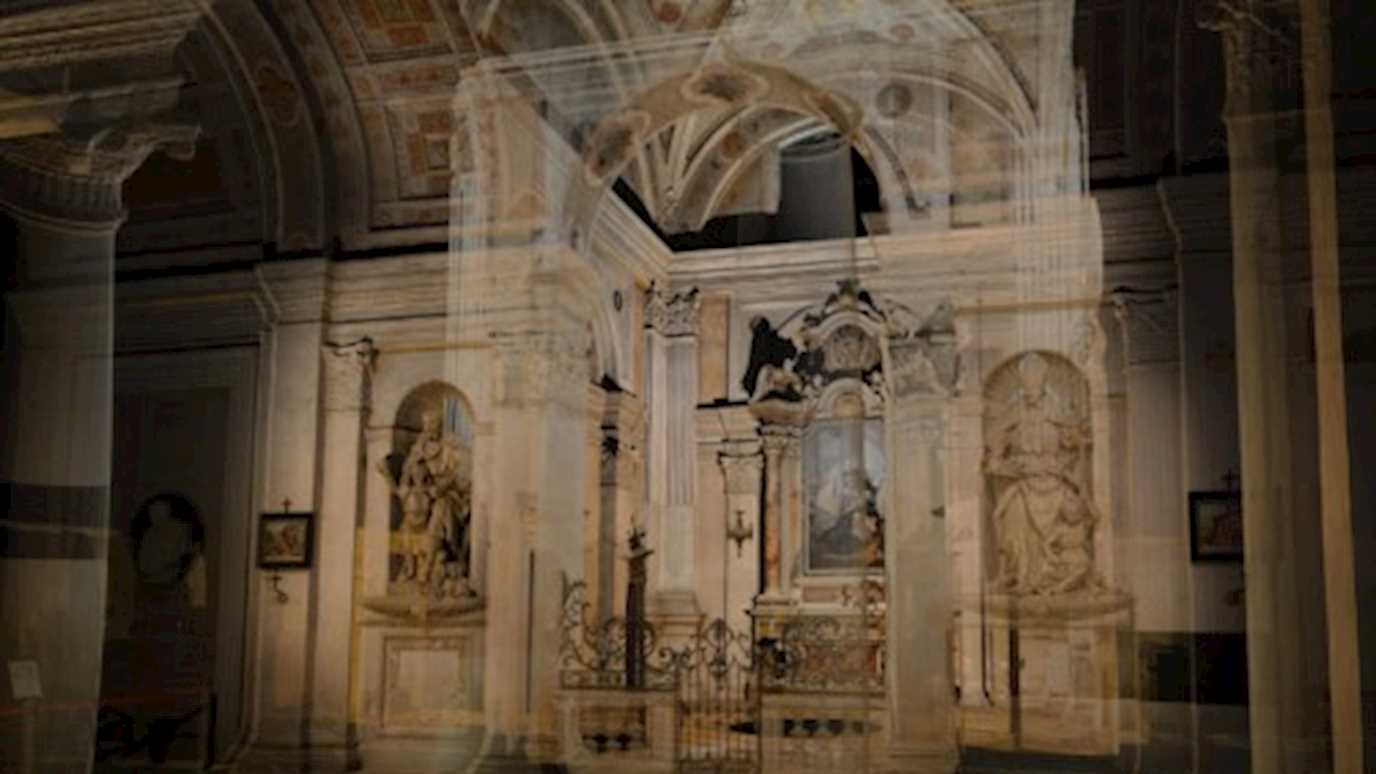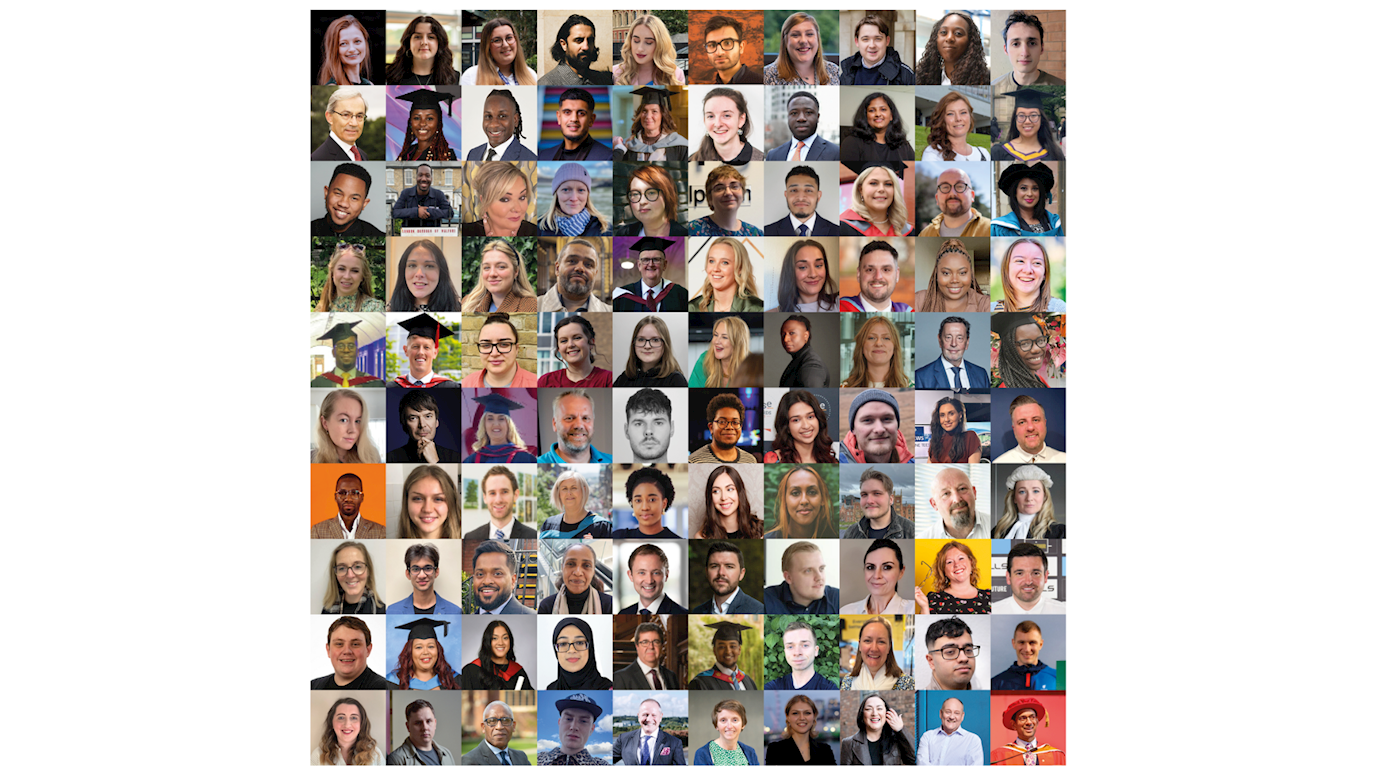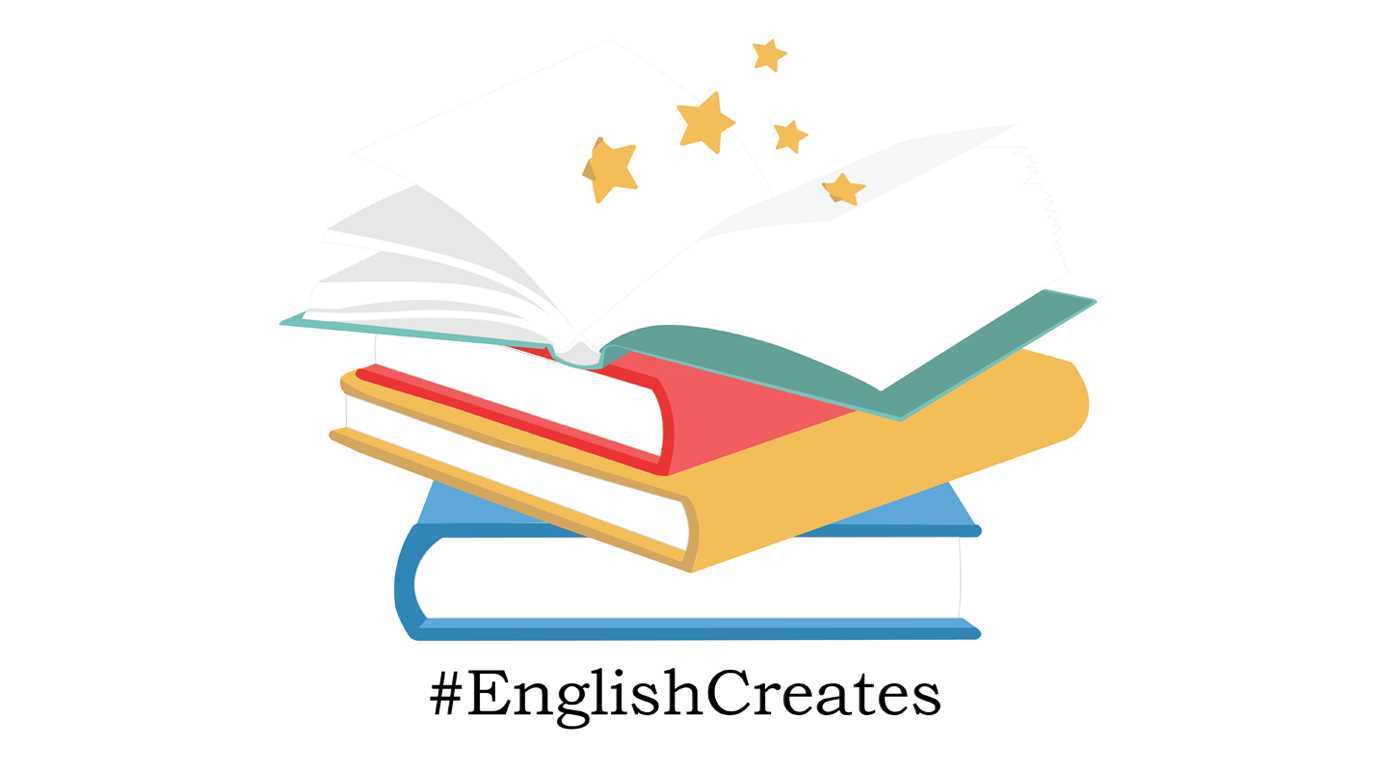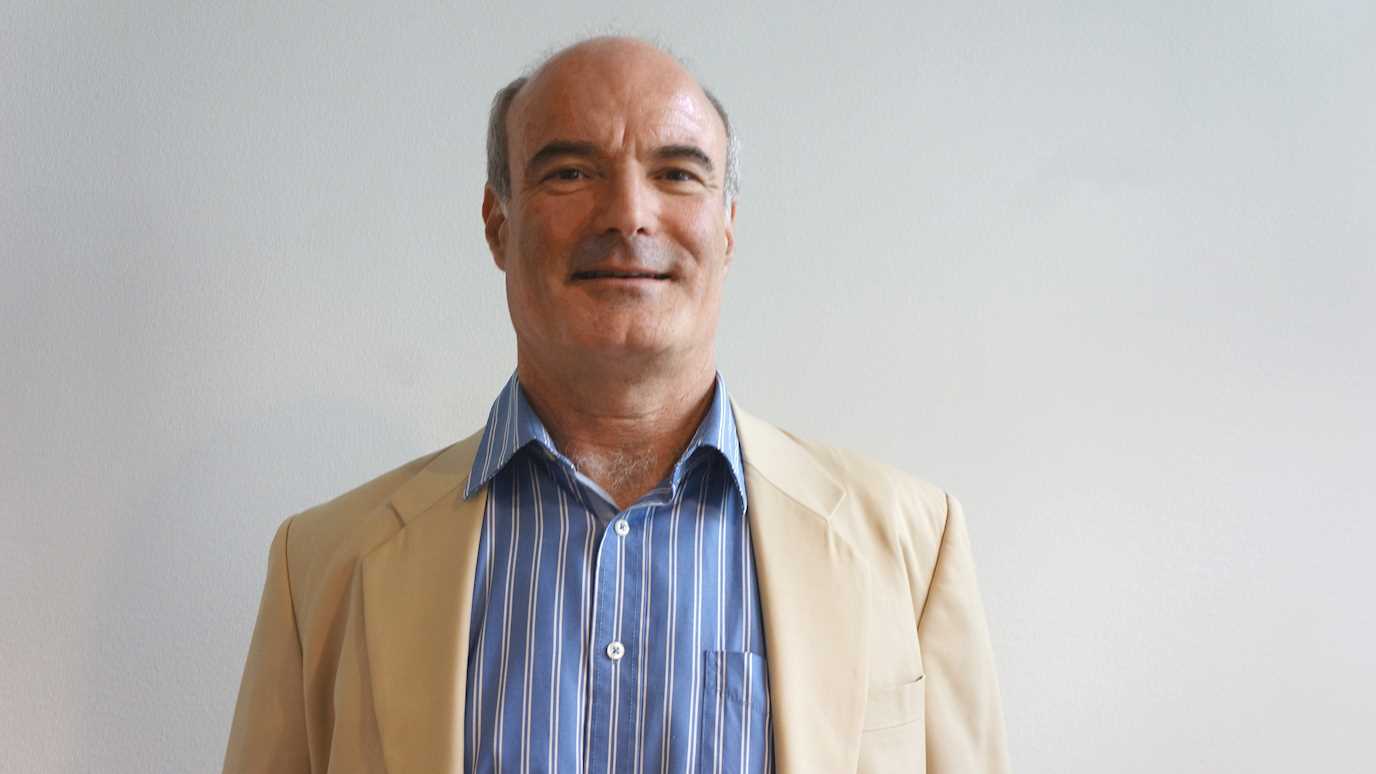Tickets are now available for the National Gallery and StoryFuture’s Virtual Veronese, which brings a sixteenth century altarpiece back to the Italian chapel for which it was created, for the first time in over 200 years.

Visitors will see Veronese’s painting The Consecration of Saint Nicholas as it would have been seen in its original church setting in 1562 by using virtual reality headsets. This free digital experience can now be booked in 20-minute ticketed sessions available from the National Gallery’s website.
Through this innovative experience, visitors will be able to see the painting in its original chapel in the church of San Benedetto al Po, near Mantua, and explore the beautiful frescoes and architecture that once surrounded it. Visitors will be able to choose from one of two virtual guides who will lead them through the experience: our curator, Dr Rebecca Gill, who explores the painting and frescoes, or the historical figure of Abbot Asola, who commissioned the painting from Veronese and reveals the threat facing the monastery at the time.
Professor James Bennett from Royal Holloway’s Department of Media Arts and the Director of StoryFutures, said: “Virtual Veronese is an amazing success story for the value of innovation and R&D in the creative industries. From a live prototype trial with the National Gallery and StoryFutures, Focal Point have created something truly special: a VR experience as time machine that magically transports users back to 1561 to experience the awe of a painting’s original exhibition.
“Virtual Veronese is a leap into the future for the Gallery’s visitor experiences by bring the past to the present: a thrilling piece of research in action to show the possibilities of immersive technologies.”
Virtual Veronese surrounds the viewer in an accurate scanned 3D model of the chapel and tells its story using volumetric video actors. The project is a result of the Gallery’s plan to share research with a wider audience by using immersive technologies to explore new ways of telling its stories.
Veronese’s The Consecration of Saint Nicholas was commissioned in 1561 as an altarpiece to hang in San Benedetto al Po, the abbey church of one of the largest and most important Benedictine monasteries in Europe.
The church had been radically re-modelled and enlarged in 1539 by Giulio Romano, Raphael's prime pupil and himself a great painter and architect. The altarpiece remained in San Benedetto al Po until the 1820s, when it was removed from the church during the Napoleonic Wars.
The digital experience is accompanied by a recording of Gregorian chant, performed by Veneti Cantores. The piece of music is taken from a choral book that was produced at San Benedetto al Po in the 1560s and is therefore contemporary with Veronese’s altarpiece. The music that you hear is the same as that performed by the monks nearly 500 years ago.
Lawrence Chiles, Head of Digital at the National Gallery, London, says: “Virtual Veronese has enabled us to understand how immersive storytelling can add depth of experience, meaning, and emotion to Gallery visitors’ engagement with our paintings.”
Dr Rebecca Gill, Ahmanson Curator in Art and Religion (August 2016 - March 2020), at the National Gallery, London, says: “Through this project we are able to bring architecture into the Gallery and allow our visitors to explore for themselves what it might have been like to stand in front of Veronese’s painting some 500 years ago.”
Virtual Veronese is curated by Dr Rebecca Gill, Ahmanson Curator in Art and Religion (August 2016 - March 2020), at the National Gallery, London. This experience is for visitors aged 13 years or over.
Virtual Veronese was commissioned as part of the Gallery’s partnership with StoryFutures.
StoryFutures, led by Royal Holloway, University of London, is part of the Creative Industries Clusters Programme, funded by the Industrial Strategy Challenge Fund and delivered by the Arts and Humanities Research Council, part of UK Research and Innovation.
Virtual Veronese is an exciting example of new forms of research and development funded by the AHRC’s Creative Industries Cluster’s programme.
Digital activity at the National Gallery is supported by Bloomberg Philanthropies' Digital Accelerator for Arts and Culture, which supports arts organisations through strategic improvements to technology infrastructure.
The immersive experience was developed and produced by Focal Point VR, focalpointvr.com
Supported by Howard and Roberta Ahmanson
























